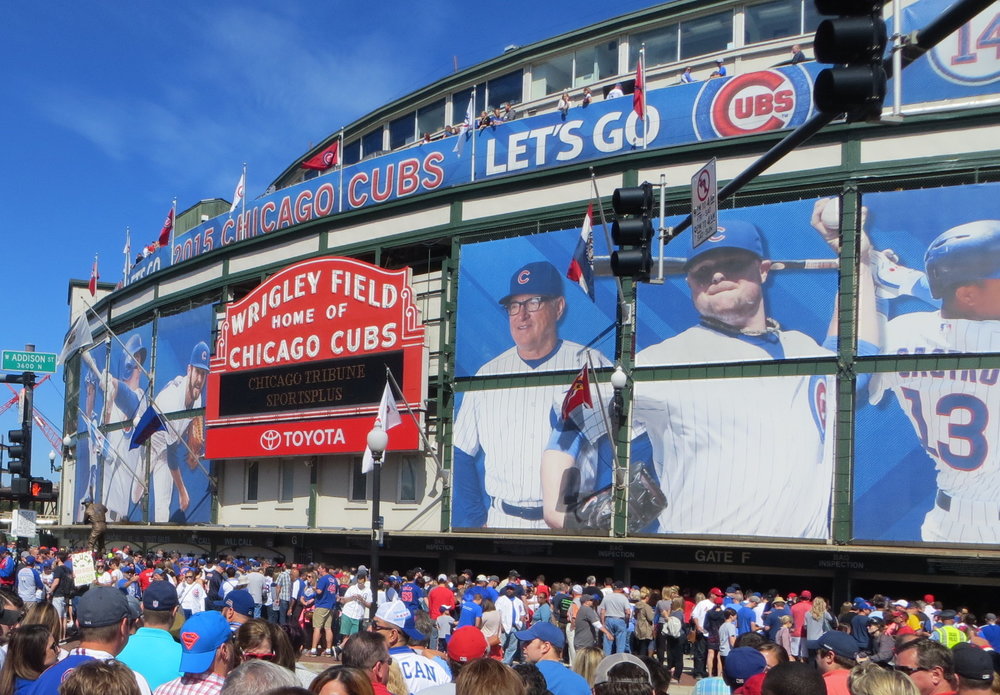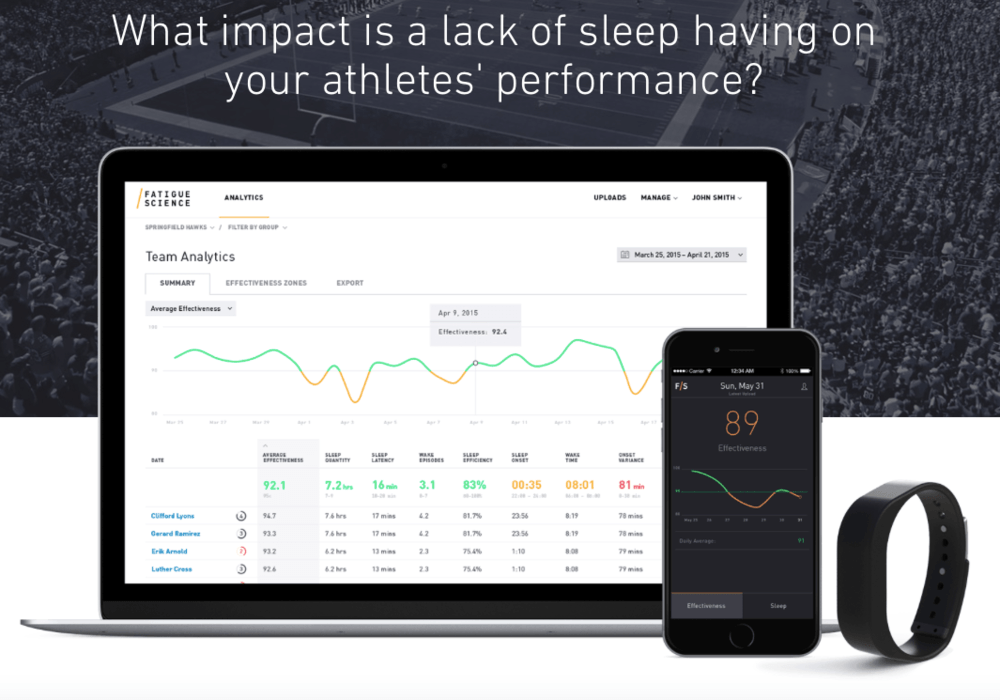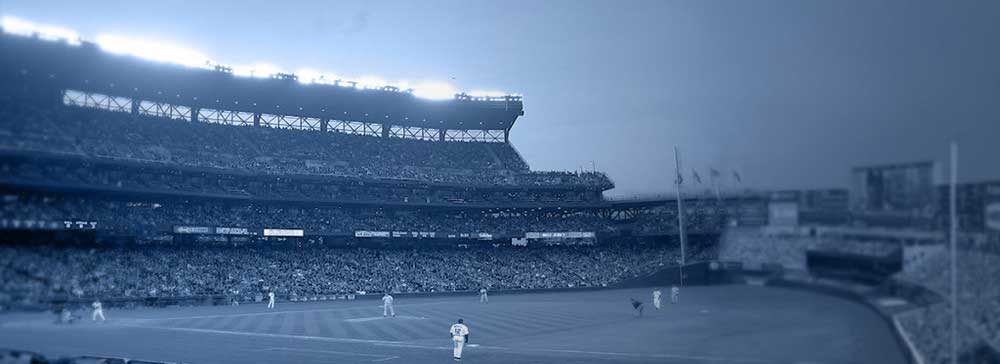World champions! The Chicago Cubs turn to wearable sleep tech for edge in MLB pursuit

Update Nov 3, 2016:
Since this post was written, The Cubs of course have gone on to make history… after 108 years! Congratulations Cubs from everyone at Fatigue Science. We’ll be covering more of your amazing story in the very near future.
The Chicago Cubs are among the favourites to win the 2016 Major League Baseball World Series, however, the club is counting on its players being deep sleepers to get it there. As part of its league-leading analytics offerings, the Cubs recently added Fatigue Science’s wearable sleep monitoring technology to their performance management programs.
“Sleep and fatigue represent some of the most significant pieces of the human performance puzzle remaining,” says Mark O’Neal, Director of Medical Administration for the Cubs. “And even though there is an enormous amount of interest and discussion around these topics, sleep and fatigue are still very difficult to accurately monitor and measure. Fatigue Science changes that for us in a very real way, letting our coaches and athletes see where we can and should make adjustments to improve performance.”
Five of the Cubs’ minor league affiliate teams started the season wearing the Fatigue Science Readiband after successful Spring Training screenings and evaluations. “The results using Fatigue Science are very encouraging,” says O’Neal.

Originally designed for military and research communities to measure sleep effectively outside of the laboratory, Fatigue Science’s wearable technology is scientifically validated as the world’s most accurate wrist-worn sleep detection device.
Based on sleep quantity, quality and timing, Fatigue Science generates a real-time mental effectiveness score, as well as a predictive score that demonstrates mental effectiveness up to 18-hours in advance. If the score is low, an athlete’s reaction time, speed and strength is impaired. Alternatively, if the fatigue score is high, research proves that those well-rested athletes are faster, more accurate and make better decisions.
“All indications are that the entire Chicago Cubs organization is realizing the competitive advantages of effective fatigue monitoring and management,” says Fatigue Science CEO Sean Kerklaan. “We’re all looking forward to further demonstrating just how big an impact Fatigue Science can make on health and performance for the Cubs.”
Interested in learning more about data-driven fatigue management?
or for a comprehensive overview of the scientific link between sleep and athletic performance, download our free our Science of Sleep eBook.
